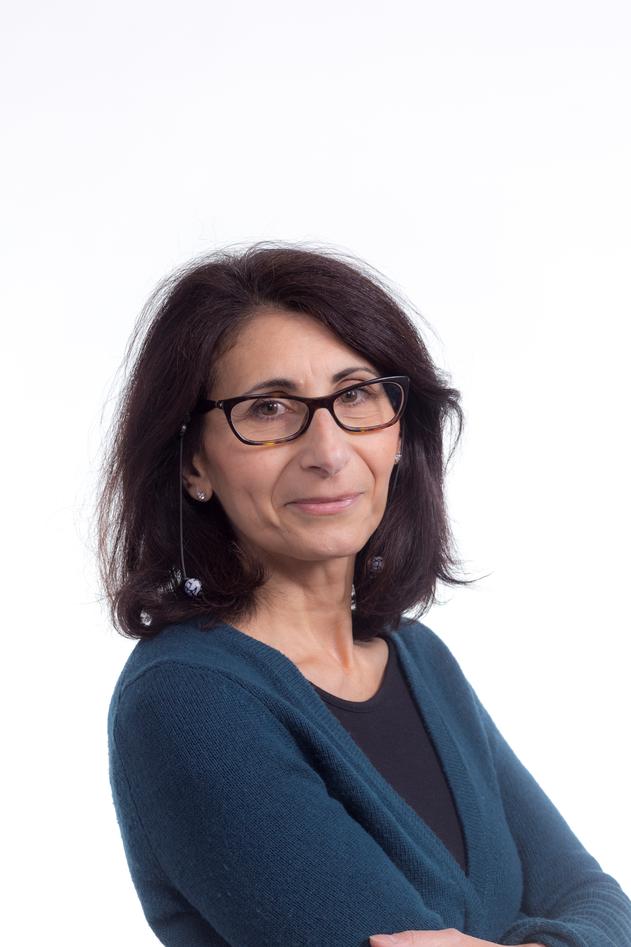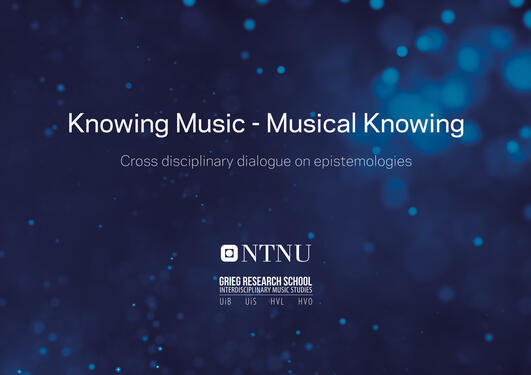Melania Bucciarelli
Knowing Voices We Cannot Hear
Hovedinnhold
Unlike art and literary historians, music historians have to come to terms with the fact that no matter how rich documentation about past musical practice might be, we will never be able to possess the object of our interest. This is certainly true for the singing voice of all singers from the pre-recording era and especially so for the surgically constructed voice of the castrato. The material, physical quality of the voice of the castrato contributed in no small measure to the fascination that these singers exercised over their audiences in the 18th century (the golden age of the castrato), and the lack of tangible material evidence, which makes the task of recovering the voice of the castrato an impossible one, may seem to pose an insurmountable obstacle to historical investigation.
And yet, research on the 18th century opera singer and their voice, especially that of the castrato, is thriving within and outside the field of historical musicology. The voice of the 18th century singer can in fact be studied from a variety of perspectives that uncover the physical, musical, philosophical and metaphorical voice: from physical aspects of voice and body; singers’ techniques and training; the voice as a vehicle for words and drama; the singing voice as an expression of truth, deceit and emotions, the voice as signifier of singer’s agency and identity. Drawing on my research on the 18th century singer Senesino, I will explore these different conceptualizations of the voice and provide examples of current approaches to the historical study of singers’ voice and agency in eighteenth-century opera.
Key Questions
- Which conceptualisations of the voice are relevant to the study of singers of the past?
- How can they be explored?
Recommended Reading
Wendy Heller, ‘Varieties of Masculinity: Trajectories of the Castrato from the Seventeenth Century’, British Journal for Eighteenth-Century Studies 28/3 (2005), 307-321
Anne Desler, '‘The little that I have done is already gone and forgotten’: Farinelli and Burney Write Music History’, Cambridge Opera Journal 27/3 (2015), 215-238
Biography
Melania Bucciarelli is Professor of Music History at the Norwegian University of Science and Technology (NTNU). Her research focuses on Italian opera, theatre and literature from a variety of musicological and interdisciplinary perspectives, from studies on genre, literature and dramaturgy, to explorations of baroque opera as a medium of cultural exchange and a mediator of public perceptions of power in seventeenth and eighteenth-century Europe. She is the author of Italian Opera and European Theatre, 1680-1720: Plots, Performers, Dramaturgies (Brepols, 2000), co-editor of Italian Opera in Central Europe: Institutions and Ceremonies (BWV, 2006), and co-editor of Music as Social and Cultural Practice: Essays in Honour of Reinhard Strohm (Boydell, 2007). Recent publications explore singers’ agency and modes of shaping distinct artistic identities in eighteenth century opera, with focus on the castrato Francesco Bernardi, ‘Il Senesino’, (COJ 27/3; ECM 14/1). Current projects include a collaborative volume on Opera in Venice at the time of Antonio Vivaldi commissioned by the Istituto Antonio Vivaldi at the Fondazione Giorgio Cini (Venice).

